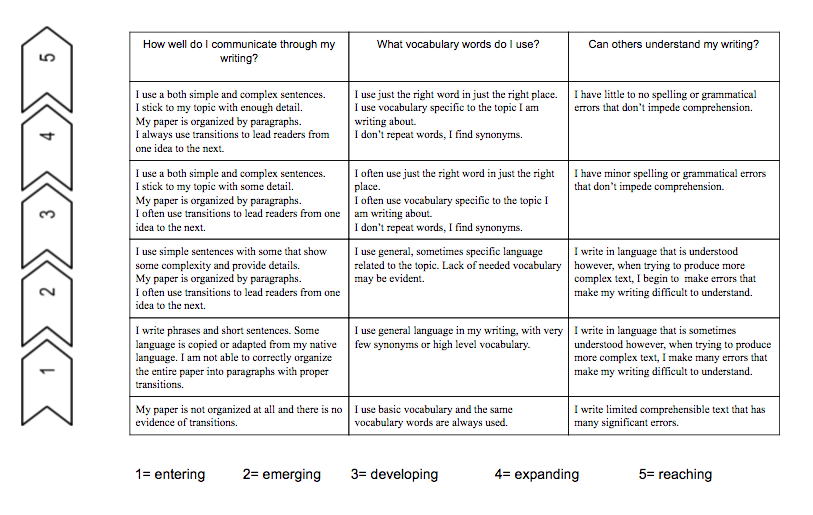Data is such an integral part of education, and can be especially helpful to teachers with English Language Learners (ELL’s)—which in this day and age, really means any teacher, anywhere. As the number of ELL’s increase in classrooms across the country, collecting data from both formative and summative assessments help us gain insight on strategies that aid in language acquisition. As educators, we know that what works for one may not work for all, and the data will lead us to understand individual needs so that we are able to better personalize learning, especially through digital learning tools.
Now, ELL’s come with a various levels of English proficiency, so data analysis provides a snapshot of what they should know, and what can be done to meet their academic needs. This cycle is the key to student improvement as it helps focus on areas of need and closely monitors student growth and development throughout the year. Data analysis and interpretation can help classroom teachers make informed decisions that will positively affect student outcomes.
In my experience, the cycle for data collection and evaluation can and should be simplified down to three easy steps: develop, implement, evaluate.
Develop
Rather than having students jump into the world of writing all at once, teach them to strengthen their writing bit by bit based on what they already know. There are several different ways to help develop students’ writing skills, but utilizing online tools is one of the best choices. Google Docs provides a platform ideal for writing, in which teachers can edit and comment on students work, while students can write without worrying about losing their work as it saves automatically to their Google Drive. Google Drive provides a user friendly way to organize an e-portfolio of student writing samples. A document can easily hold a student's outline, drafts, and a teacher's comments as well as a rubric. Click here to see a basic writing organization doc used by intermediate ELL students.
Implement
It is important to remember that small changes make a big difference. Integrate skills that are a weakness for students and differentiate lessons by allowing them to focus on areas of the rubric you used to evaluate their prior writing as a goal for their new assignment. Student work will show areas of opportunity, which should be the focus of mini lessons and assignments.
When it comes to tools, ReadWriteThink and Model Bank are two websites with an excess of activities to support students through the writing process. But don’t forget—there are certain areas that, in language acquisition, should always be a focus, such as increasing vocabulary at all levels. Websites like VocabAhead and BrainPOP ESL can provide learners of various levels with an interactive way to improve vocabulary.
Evaluate
Rubrics are a crucial part of the evaluation process because they help determine where a student’s work excelled beyond expectations and where it lacked quality. That being said, I also know that creating effective rubrics can be a difficult and time consuming process. Thanks to the wonderful world of technology, there are numerous sites that can make the process of creating a rubric an efficient process. iRubric, Rubistar, and EssayTagger Common Core Rubric Creation Tool are some highly recommend sites. Rubrics allow teachers to evaluate students through a measurement system in order to accurately track growth from the beginning to the end of the year.
A good practice is to create rubrics in the beginning of the year with students to help them better understand class expectations for assignments. For example, a rubric can be started on a shared Google Document in which the teacher provides the categories, and students collaborate to complete the rows. Rubrics for ELL’s should be written in language that is easy for students from various backgrounds to understand. (Click here to see a sample ESL level 2 student produced rubric.)

For entering or beginning levels of proficiency, rubrics can be translated into their primary languages or even created with images, to help them understand what work looks like at each level. When students understand that they can continuously improve writing and speaking skills as lifelong learners, they will no longer see a rubric as an endpoint—but rather a growing horizon of growth and opportunity.
In conclusion, English Language Learners are unique learners that need differentiation. Providing them with multiple opportunities to write, see models of writing, and learn vocabulary is key. Technology supports ESL learners by engaging them through the writing process and allowing them to receive immediate feedback, and will also help teachers organize data collection and maintain student e-portfolios to show growth and development.
By reflecting on the data collected and your students’ learning needs, you can ensure their successful transition to a tech world and 21st century job market.


